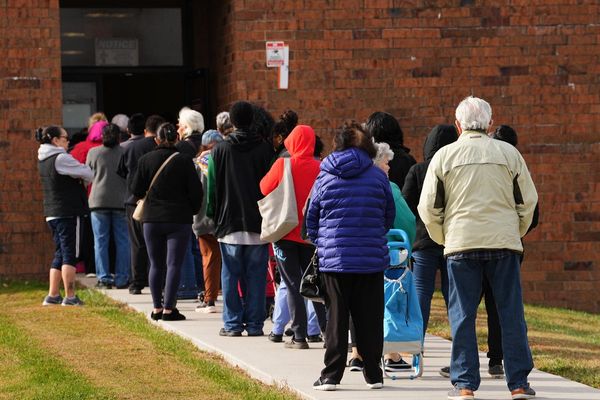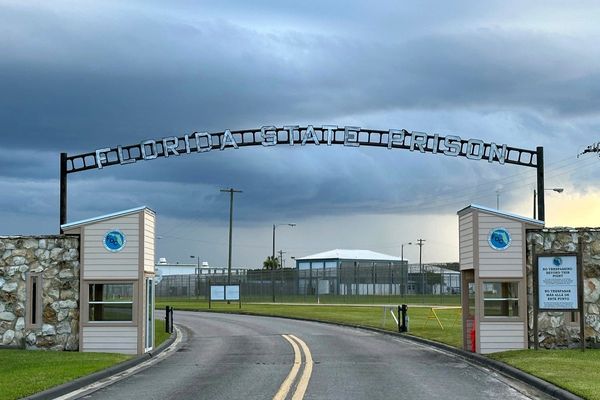School choice is enormously important to families. Some spend tens of thousands of dollars per year to send their children to private schools, in the belief this will provide a better education and future.
Figures released in May 2023 noted Australia’s private school enrolments have grown by 35% over the past decade. We also know families seek out areas where there are high-status public schools.
Recent research has argued once you account for socioeconomic factors, private schools don’t outperform public schools. In other words, the school does not really matter, it’s a student’s family background that counts.
My research shows the type of school does matter. And the way Australia’s school system is structured is especially unfair on students from disadvantaged backgrounds.
Why school segregation is a problem
Decades of research has shown how family social background is a strong predictor of a child’s educational outcomes. Parents’ education and occupation are associated with student learning differences in Australia and many other countries.
Governments across the world have responded with policies directing resources to students from disadvantaged backgrounds. An example is Australia’s “Gonski” school funding model, which targets additional resources to First Nations, rural and remote, and low socioeconomic students.
But the issue of school segregation is largely ignored by Australian governments.
School segregation occurs when socially disadvantaged students are not evenly spread across schools. Rather, students tend to enrol in different types of schools according to their social backgrounds. This means advantaged children are concentrated in certain schools and disadvantaged students are concentrated in others.
Research has also shown the social background of a student’s peers influences their learning just as much as their own social background. So when disadvantaged students are concentrated into disadvantaged schools, they are doubly disadvantaged.
Australian secondary schools are the ninth most socially segregated among wealthy countries. We also have the fourth-highest proportion of private school attendance in the OECD.
Our research
Last year, my colleagues and I examined the effects of school segregation on students in Australia.
We used NAPLAN results from a nationally representative sample of students in years 5 and 9 to explore the relationship between average school socioeconomic status and an individual students’ academic growth. This involved students from public, private and Catholic schools.
We also examined the effects of parental education and occupation, Indigenous status, language, gender, school sector and the academic achievement of peers on a students’ academic growth.
Our findings
We found a school’s socioeconomic status predicts the likelihood a student will achieve minimum literacy and numeracy benchmarks.
This means a disadvantaged student attending a disadvantaged school is unlikely to achieve minimum academic benchmarks. The same type of student attending an advantaged school is twice as likely to reach minimum standards.
Attending a disadvantaged primary school costs half a term of learning per year for every student. This grows to one term of learning per year in secondary schools.
The stronger high school effect is likely due to higher levels of segregation at the secondary level (that is, more students go to private high schools than private primary schools).
This shows going to a private school can benefit a students’ academic performance when it has higher concentrations of socioeconomically advantaged students than nearby public schools.
The outcome is a schooling system that excludes many students from academic excellence. In other words, Australia’s schooling system exacerbates social inequality.
What now?
The federal government is currently reviewing school reform approaches as part of the next National School Reform Agreement, which is due to begin in 2025.

This is an opportunity to begin to address socioeconomic achievement gaps caused by Australia’s schooling system.
This could be achieved by the National Assessment Program (the body that runs NAPLAN testing) reporting the impact of segregation on learning outcomes. The MySchool website could publish how well schools are contributing to the education of disadvantaged children in their communities.
Students disadvantaged by Australia’s schooling system should also be compensated for the public policy failure. Students enrolled in schools with high concentrations of disadvantaged students could have their tertiary entrance ranks increased. A similar policy occurs in some US states where students in racially segregated schools are guaranteed places in high status colleges.
But much more substantial reforms are needed to ensure every school is playing its part in educating all young Australians.
This would require schools to be representative of their communities in proportion to their public funding. Secondary private schools receive 80-90% of the government funding public schools receive. They should enrol a similar percentage of the disadvantaged students that nearby public schools enrol.
Government regulation of enrolment and exclusion procedures should also remove discrimination against poverty, religion, disability, gender, and sexuality.
Some of the highest performing education systems in the world are also the most equitable. No education system has achieved excellence for all students by separating them by family backgrounds.
Australia’s schooling system requires substantial structural reforms if it is going to lift the achievement of disadvantaged students.
Read more: What is the National School Reform Agreement and what does it have to do with school funding?
Michael Sciffer works for the NSW Department of Education. He is a member of the executive of the NSW Teachers Federation. This analysis is based on his academic work as a PhD candidate of Murdoch University and is not associated with his employer.
This article was originally published on The Conversation. Read the original article.







